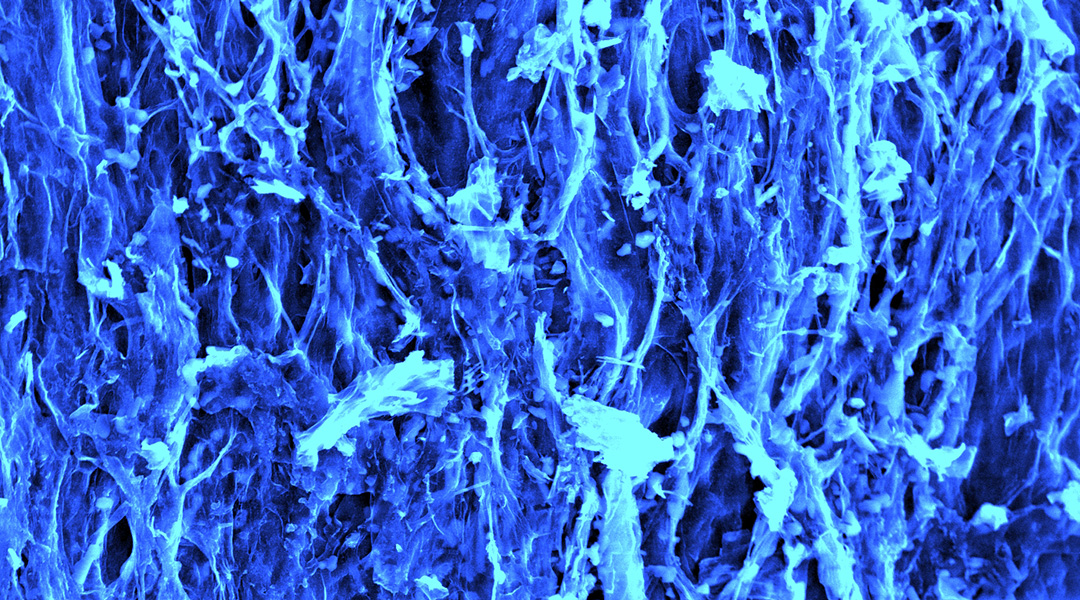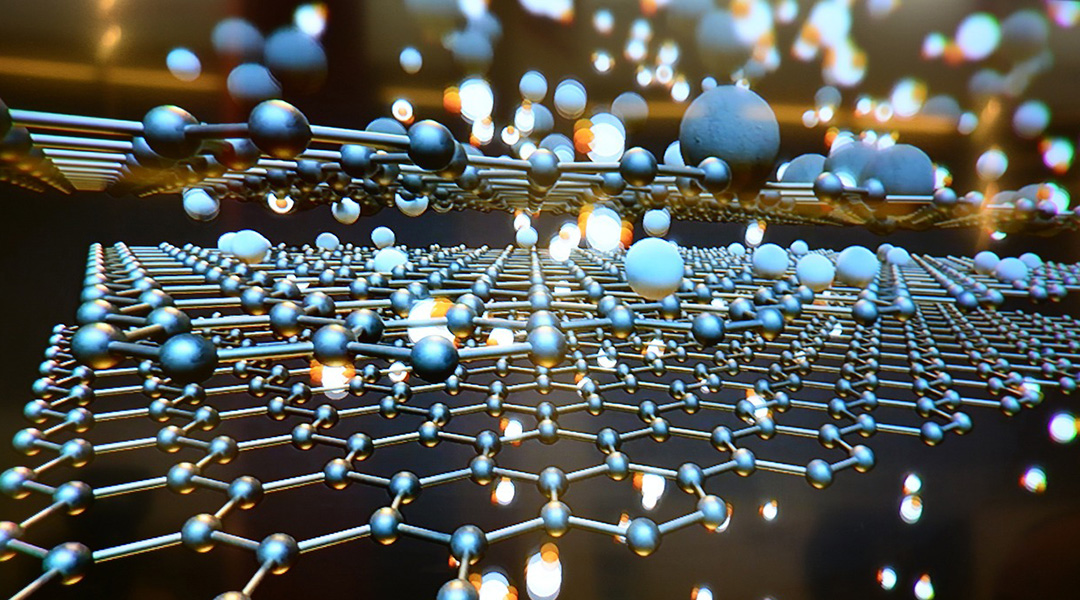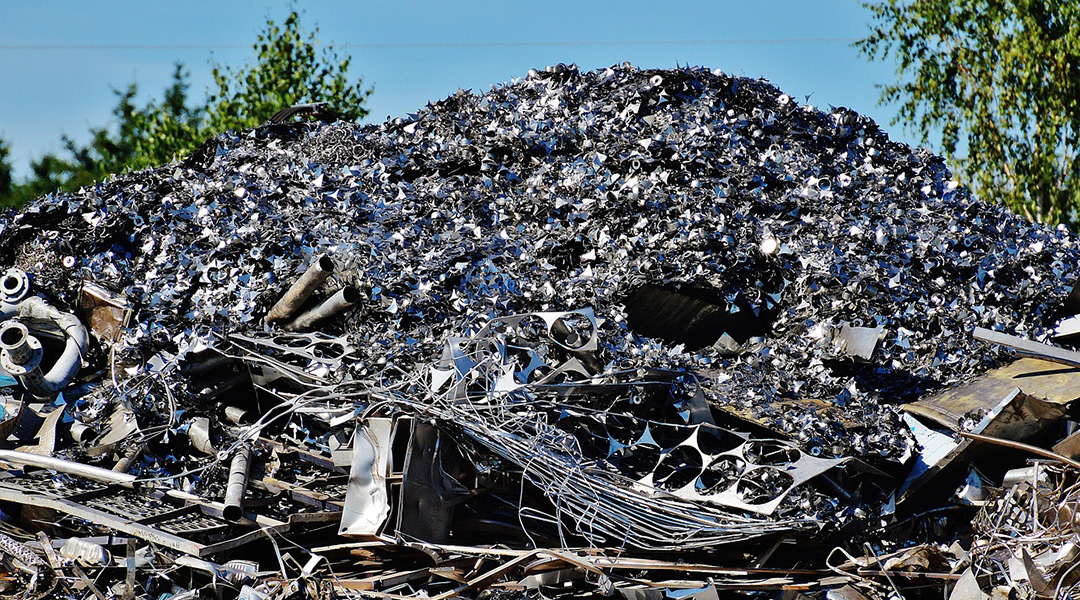Pre-activation of plastics with fluorine-containing molecules disrupts their stability, making them easier to break down and upcycle.


Pre-activation of plastics with fluorine-containing molecules disrupts their stability, making them easier to break down and upcycle.

Scientists are using carbon filaments from mushrooms in supercapacitors, paving the way for a sustainable energy future.

A material derived from avocado pruning waste and bio-polyethylene combines high strength with biodegradability.

Modifying hydrogen fuel cells with caffeine helped protect them from degradation, resulting in up to 11-fold increase in activity.

The active structure of an oral macrocyclic drug has eluded scientists for years despite its widespread clinical use—that is, until now.

A new hybrid graphene incorporates new elements to help make the material magnetic for applications in electronics and computer science.

A pair of nuclear astrophysicists explore this question, assessing the risk of this outcome back when nuclear physics was still in its infancy.

Researchers are tackling the growing problem of electronic waste by designing wearable electronics from sustainable and recyclable materials.

Scientists develop a light-driven carbon capture system using photoacids, creating an energy-efficient method to remove atmospheric carbon dioxide.

Astronomers used the Gaia Space Telescope to say “you are the father” by tracing hot young stars back to their place of birth.